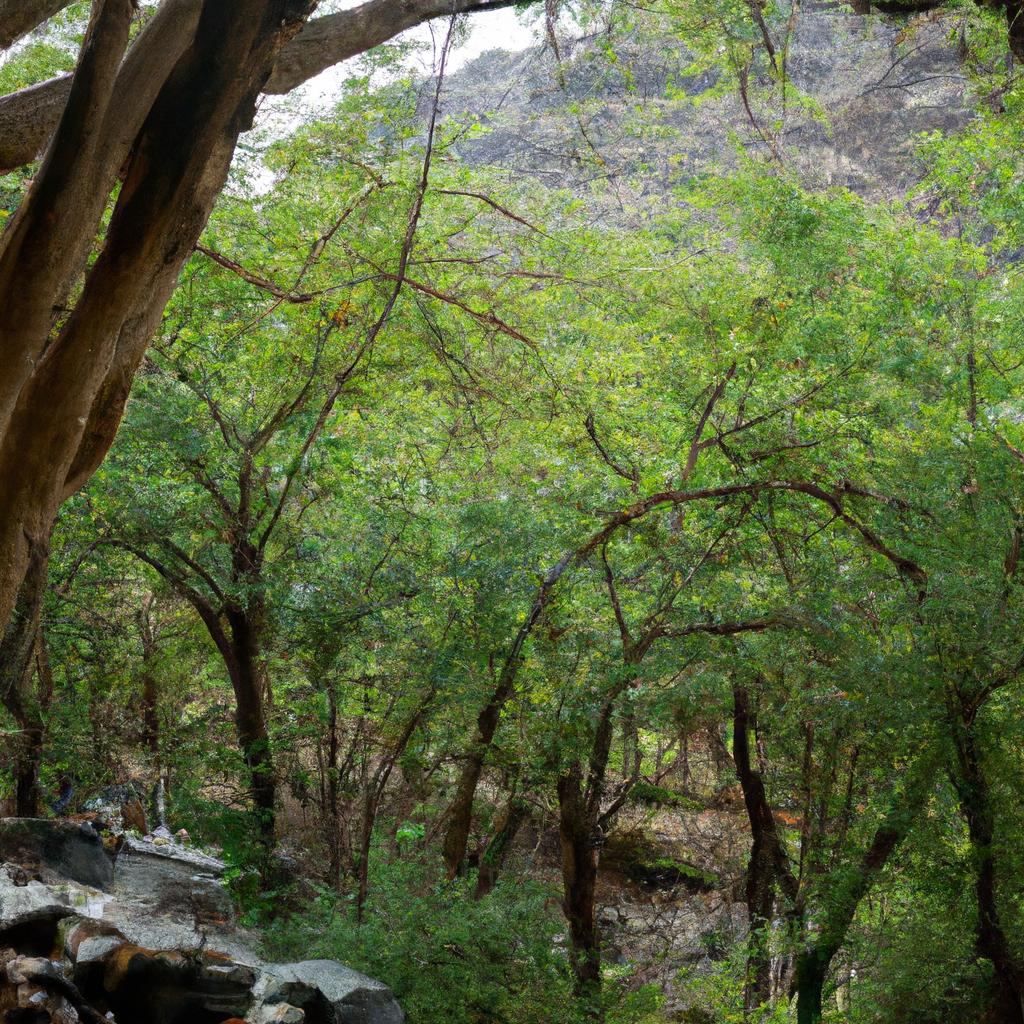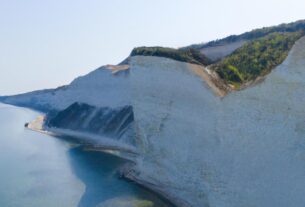Yemen, nestled in the southwestern corner of the Arabian Peninsula, boasts a vibrant array of plant life, including a diverse range of beautiful trees. These majestic trees not only contribute to the stunning scenery but also play a vital role in Yemen’s ecosystem and cultural heritage. In this article, we will delve into the significance of trees in Yemen, exploring their historical importance, various types, the threats they face, and the ongoing efforts to preserve them.
Introduction
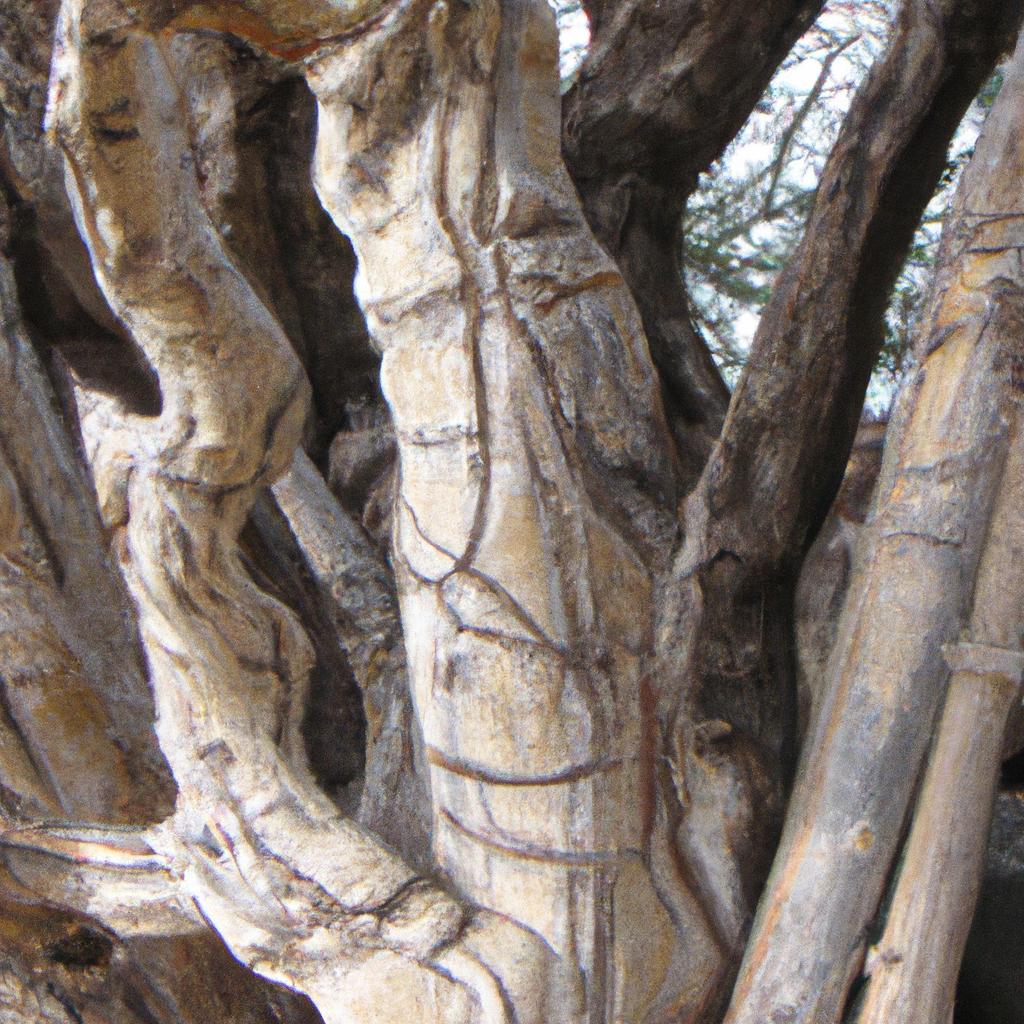
Trees in Yemen have always been critical to the survival of the country, providing shade, shelter, and reducing soil erosion while playing a significant role in the water cycle. Yemeni people have relied on trees for countless purposes, from building houses and crafting furniture to producing sustenance. Furthermore, these trees contribute to the country’s biodiversity by creating habitats for wildlife and sustaining diverse ecosystems.
Sadly, Yemen’s trees face a multitude of threats. Deforestation, climate change, and human activities are among the factors driving the decline of Yemen’s tree population. Consequently, understanding the value of trees in Yemen and taking proactive measures to protect them become imperative. This article aims to provide a comprehensive guide to the importance of trees in Yemen and shed light on the ongoing efforts to preserve them.
Historical Significance of Trees in Yemen
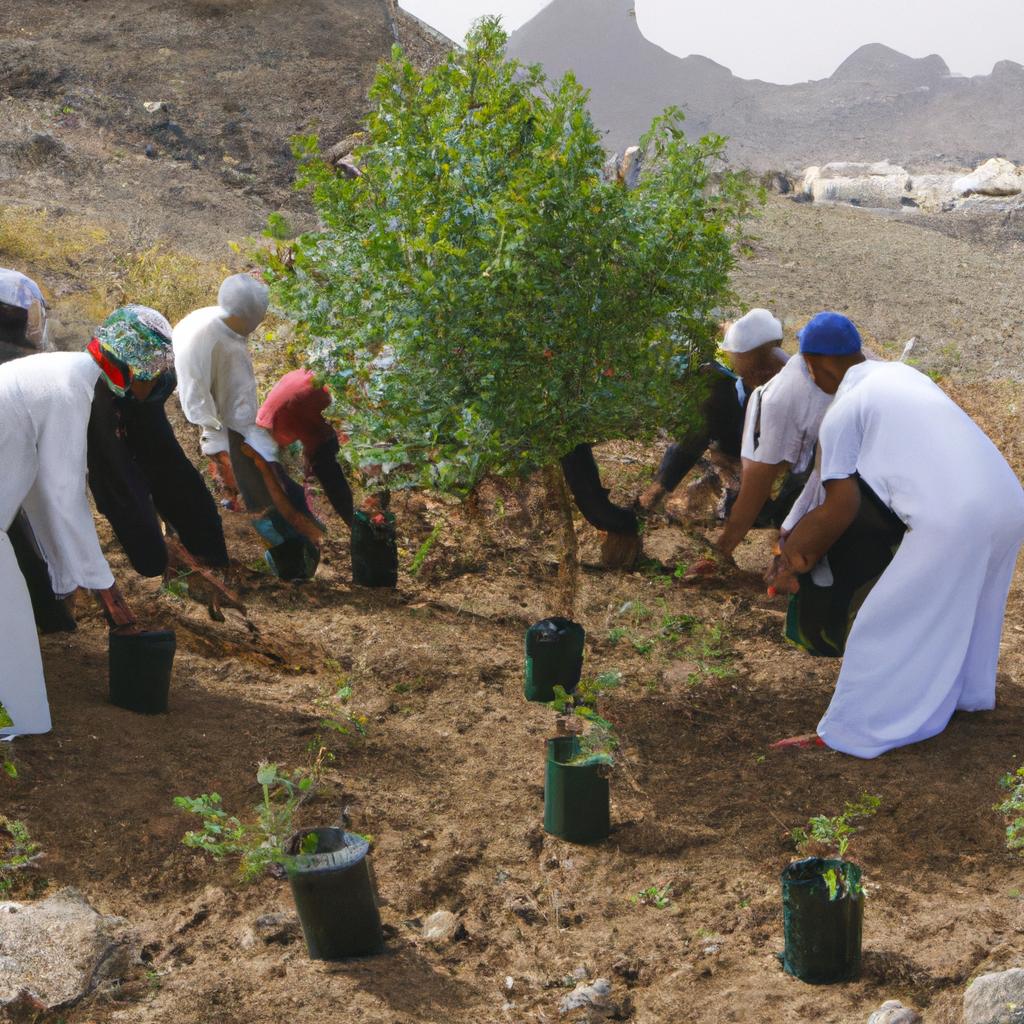
History of Trees in Yemen
Trees have played an integral role in Yemen’s rich history for centuries. The country’s strategic location along the ancient Spice Route made it a pivotal hub for trade, with trees being a valuable commodity. The ancient Yemeni civilization of Sheba was renowned for their production of frankincense and myrrh, sourced from the Boswellia and Commiphora trees, respectively.
How Trees have been Used in Yemen’s Culture and Traditions
Trees have also held a sacred place in Yemeni culture and traditions. For instance, the Sidr tree, also known as the Jujube tree, is considered sacred and is believed to possess medicinal properties. This tree is also mentioned in the Quran and is used during religious ceremonies.
Yemenis have utilized trees for various purposes, including constructing homes, crafting furniture, and cultivating food. The country’s coffee industry heavily relies on the coffee tree, originally native to Ethiopia but cultivated in Yemen for centuries.
The Significance of Trees in Yemen’s History and Identity
The significance of trees in Yemen extends beyond their practical applications, intertwining with the country’s cultural and historical heritage. Yemenis take pride in their nation’s abundant biodiversity, which encompasses a wide variety of trees. The ancient history and culture of Yemen are intrinsically linked with its trees, making them an inseparable part of Yemen’s identity. Consequently, preserving these trees becomes crucial not only for the country’s ecosystem but also for safeguarding its heritage and culture.
Types of Trees in Yemen
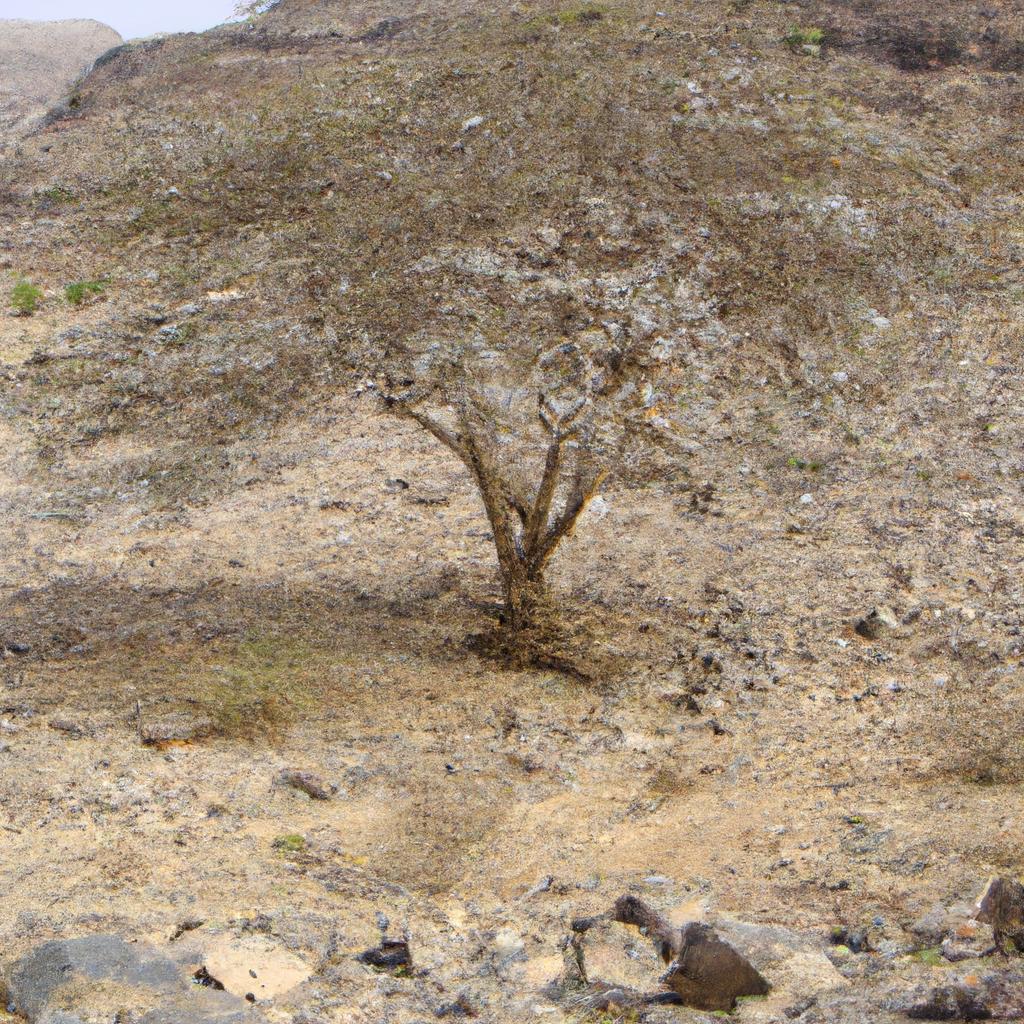
Yemen boasts a remarkable array of trees, each with its unique characteristics and significance within the country’s ecosystem. In this section, we will provide an overview of the different types of trees in Yemen, highlighting the most common ones and their importance.
Overview of the Different Types of Trees in Yemen
Yemen’s trees can be classified into three main categories: evergreen, deciduous, and fruit trees. Evergreen trees, such as Juniper and Frankincense, dominate the Yemeni landscape due to their ability to survive in harsh environments. Deciduous trees, including Acacia and Tamarisk, play a crucial ecological role alongside their evergreen counterparts. Fruit trees, such as Olive and Fig, are prevalent in Yemen and serve as a source of sustenance for both humans and animals.
Description of the Most Common Trees in Yemen
Juniper is the most abundant tree species in Yemen, primarily found in the western part of the country. This slow-growing evergreen tree can live for several centuries and is known for its medicinal properties. Frankincense, another prominent evergreen tree, boasts aromatic resin used in incense and perfumes. Acacia, a deciduous tree, is renowned for its resilient wood, often utilized in furniture-making and charcoal production. Tamarisk, another deciduous species, is frequently planted to combat soil erosion and provides an ideal habitat for birds. Olive, a fruit-bearing tree, holds immense agricultural significance in Yemen, with its oil and other products widely utilized. Fig, another fruit tree, enjoys popularity in Yemen and is commonly dried for use in desserts and pastries.
Importance of Each Type of Tree in Yemen’s Ecosystem
Every tree type in Yemen plays a crucial role in maintaining the country’s delicate ecosystem. Evergreens, such as Juniper and Frankincense, prevent soil erosion and provide wildlife with a habitat. Deciduous trees, including Acacia and Tamarisk, offer shade and shelter to animals while contributing to the water cycle. Fruit trees, such as Olive and Fig, not only provide sustenance for Yemenis but also constitute an integral part of the country’s agricultural landscape.
In conclusion, Yemen’s diverse trees are vital to the country’s ecosystem, culture, and economy. Understanding the various tree types in Yemen and appreciating their significance can foster a sense of value and encourage preservation efforts.
Threats to Trees in Yemen
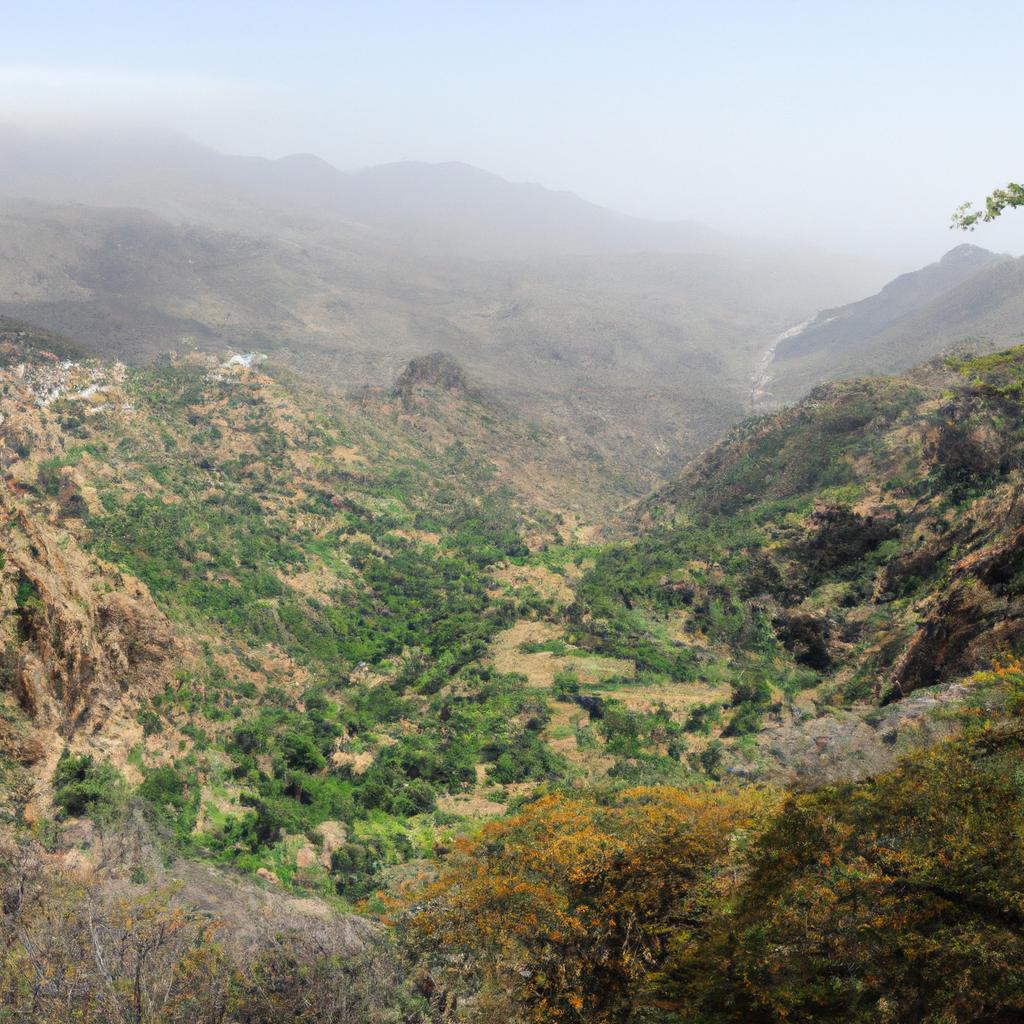
Despite their immense importance, Yemen’s trees face numerous threats that endanger their very existence. Human activities, climate change, and other factors contribute to deforestation and pose a significant challenge to tree conservation.
Human Activities that Contribute to Deforestation in Yemen
The expansion of agriculture and urbanization stands as one of the primary causes of deforestation in Yemen. The growing demand for land and resources has resulted in the clearance of forests, leading to habitat loss for wildlife and increased soil erosion. Additionally, the cutting down of trees for wood, charcoal, and fuel exerts additional pressure on Yemen’s forests.
The ongoing conflict in Yemen also significantly contributes to deforestation. The war has disrupted the country’s economy and social fabric, resulting in increased poverty and food insecurity. Subsequently, trees are cut down for fuel and other purposes.
Climate Change and its Impact on Trees in Yemen
Climate change poses a severe threat to the survival of trees in Yemen. Rising temperatures and altered rainfall patterns have led to droughts, reducing water availability and affecting tree growth and longevity. Furthermore, frequent and intense weather events, such as floods and storms, damage forests, diminishing their capacity to sequester carbon.
The impact of climate change on Yemen’s trees extends to the country’s economy and food security. As Yemen heavily relies on agriculture, the loss of trees and vegetation diminishes crop yields and amplifies the risk of soil erosion.
In conclusion, human activities and climate change pose significant threats to Yemen’s trees. Addressing these challenges and implementing measures to protect and preserve Yemen’s forests becomes crucial for both the environment and the people of Yemen.
Efforts to Preserve Trees in Yemen
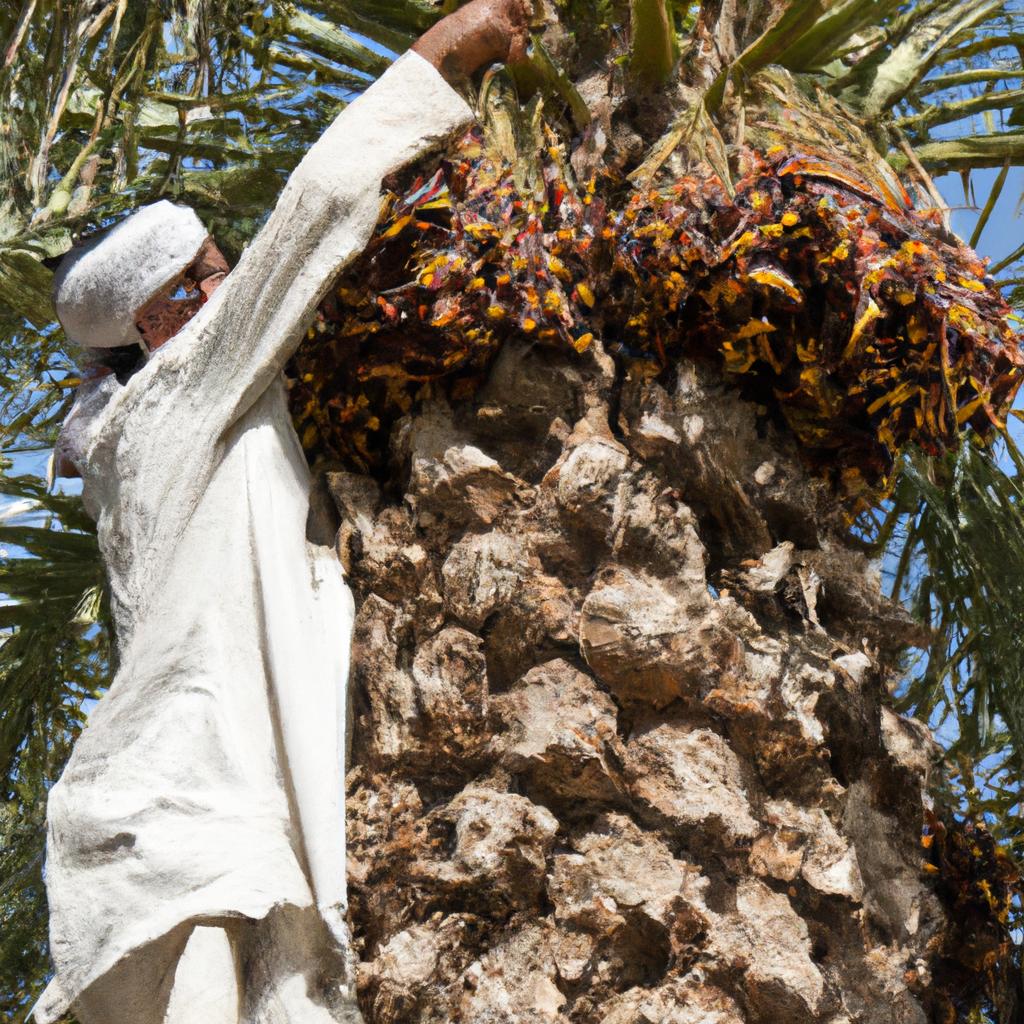
Despite the numerous threats, numerous initiatives have been launched to preserve and protect Yemen’s trees. In this section, we will discuss the different efforts made by the Yemeni government and non-governmental organizations to conserve trees in Yemen.
Overview of the Different Initiatives to Preserve Trees in Yemen
The Yemeni government has implemented various policies and measures to safeguard trees. Protected areas, such as the Socotra Archipelago, designated as a UNESCO World Heritage site, have been established. Furthermore, the government has instituted a national tree-planting day to encourage public participation in reforestation efforts. Legislation prohibiting the cutting down of trees in specific areas has been enacted, alongside the establishment of a national forestry authority tasked with managing and regulating forests.
Non-governmental organizations (NGOs) also play a significant role in tree conservation in Yemen. Organizations like the Yemen Environmental Protection Association (YEPA) and the Society for the Protection of Nature in Yemen (SPNY) have launched various initiatives to promote tree conservation. They conduct awareness campaigns to educate the public about the importance of trees and the threats they face. Additionally, they engage in reforestation efforts by planting trees throughout the country. Furthermore, these NGOs collaborate with the government and other organizations to develop sustainable solutions for tree protection in Yemen.
The Role of the Yemeni Government in Preserving Trees in Yemen
The Yemeni government has taken several steps to safeguard trees. National parks and protected areas have been established to conserve the country’s natural resources, including trees. A national tree-planting day has also been introduced to encourage public participation in reforestation efforts. Furthermore, laws have been enacted to regulate tree felling in specific areas, and a national forestry authority has been established to oversee forest management and regulation.
Efforts by Non-governmental Organizations to Protect and Promote Tree Conservation in Yemen
Non-governmental organizations (NGOs) have played a crucial role in protecting and promoting tree conservation in Yemen. Organizations such as the Yemen Environmental Protection Association (YEPA) and the Society for the Protection of Nature in Yemen (SPNY) have launched various initiatives aimed at conserving trees. They conduct awareness campaigns to educate the public about the importance of trees and the threats they face. Moreover, they engage in reforestation efforts, actively planting trees in different regions of the country. These NGOs actively collaborate with governmental bodies and other organizations to create sustainable solutions for tree conservation in Yemen.
Conclusion
In conclusion, Yemen’s trees play a fundamental role in the country’s ecosystem, culture, and economy. They provide numerous benefits, such as reducing soil erosion, producing food, and preserving wildlife habitats. Nevertheless, these trees face substantial threats, including deforestation, climate change, and human activities.
Ongoing efforts to preserve trees in Yemen, through NGOs and government collaboration, include tree planting, raising public awareness about their importance, and implementing policies to combat deforestation.
As a website dedicated to news about nature, gardening, and animals, TooLacks is committed to raising awareness about the significance of trees in Yemen and the urgency to protect them. We firmly believe that by working together, we can ensure that Yemen’s remarkable trees continue to flourish for generations to come.
For more information, visit TooLacks.
